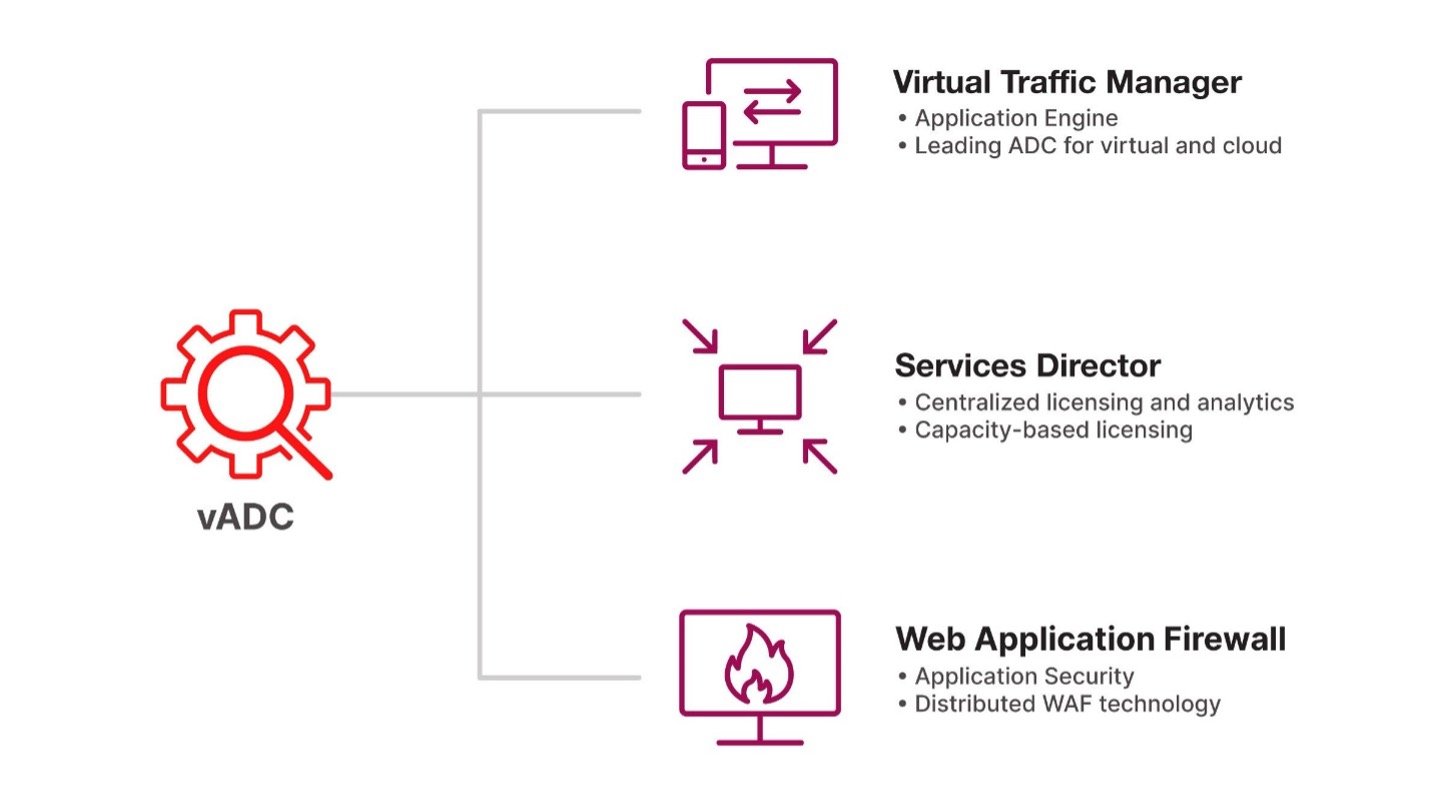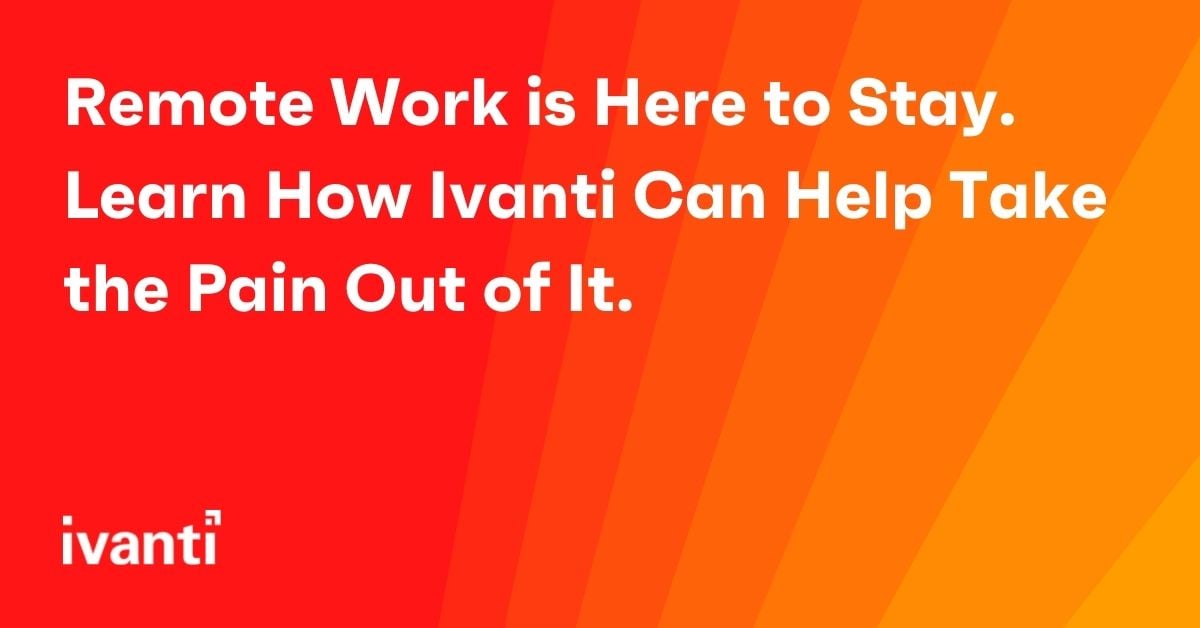Remote Work is Here to Stay. Learn How Ivanti Can Help Take the Pain Out of It.
The Reality of Today’s Threat Landscape
Today many enterprise businesses suffer from security attacks but don’t understand how to protect their applications from being exposed. The most common attacks today are simple to execute such as a SQL injection, network Distributed Denial of Service (DDoS), Cross Side Scripting (XSS) and more. These are common attacks that can be mitigated by setting up a security framework to protect enterprise assets. Having the right security measures in place can frustrate bad actors and force them to attack elsewhere.
With the threat of attacks rising and the threat landscape evolving, security admins are putting multiple security products in their network. This is a common strategy especially when enterprises come together through mergers and acquisitions. Many enterprise organizations will work with multiple security vendors, consequently, applications across company segments can be exploited as security rules may vary.
With the pandemic still affecting our daily lives, many employees continue to work remotely outside of their usual offices. Remote work has had the unintended consequence of negatively affecting security due to a more relaxed view from employees of its importance. Now, users have the freedom to navigate to any website without the constraints of built-in security solutions, or the feeling of having someone looking over their shoulder in the office.
Remote work has many advantages, but the risk of cyberattacks needs to be considered carefully. Understanding the security risk of remote working can be alarming both for security administrators and users alike.
What Can Security Admins Do?
There are many different security platforms available in the market and the Ivanti Virtual Application Delivery Controller (vADC) offers a gamut of security features to protect users regardless if they are onsite, hybrid or remote. The vADC solution offers features such as Web Application Firewall, DNS Application Firewall, DDoS, reverse proxy and more. Our Ivanti Web Application Firewall offers a significant advantage amongst other vendors as it offers a complete solution to web application deployment. The Web Application Firewall runs on top of the vADC solution with Traffic Manager and Services Director/Analytics. These three components create a comprehensive approach to Web Application deployments.

Web Application Firewall (WAF) Security from the vADC platform is a perfect combination to protect against cyberattacks. With Ivanti’s WAF solutions, security admins have the ability to protect user data stored within a compromised application. With WAF part of the Ivanti security portfolio, it provides a seamless combination to protect application from unwanted attacks.
Well known attacks like a DDoS or a simple dictionary database attack can exploit and destroy data. Consequently, SQL injection attacks have become a common attack over years as shared practices are followed by many developers. Because developers tend to follow the same procedures throughout the development lifecycle, mistakes can be missed and exploited by threat actors.
Ivanti WAF offers compressive protection against many types of application attacks and threats. It is easy to deploy and is a very reliable solution for enterprise application deployments. Ivanti WAF delivers scalable application security for well-known apps and custom third-party applications. The Ivanti WAF solution also offers the protection of the Top 10 OWASP Security Vulnerability and common application attacks such Cross Site Scripting (XSS), Sensitive data exposure (CC Credit or SS exposure), components to known vulnerabilities attacks and more.
Learn more about Ivanti Virtual Application Delivery Controller and Ivanti Web Application Firewall here.
